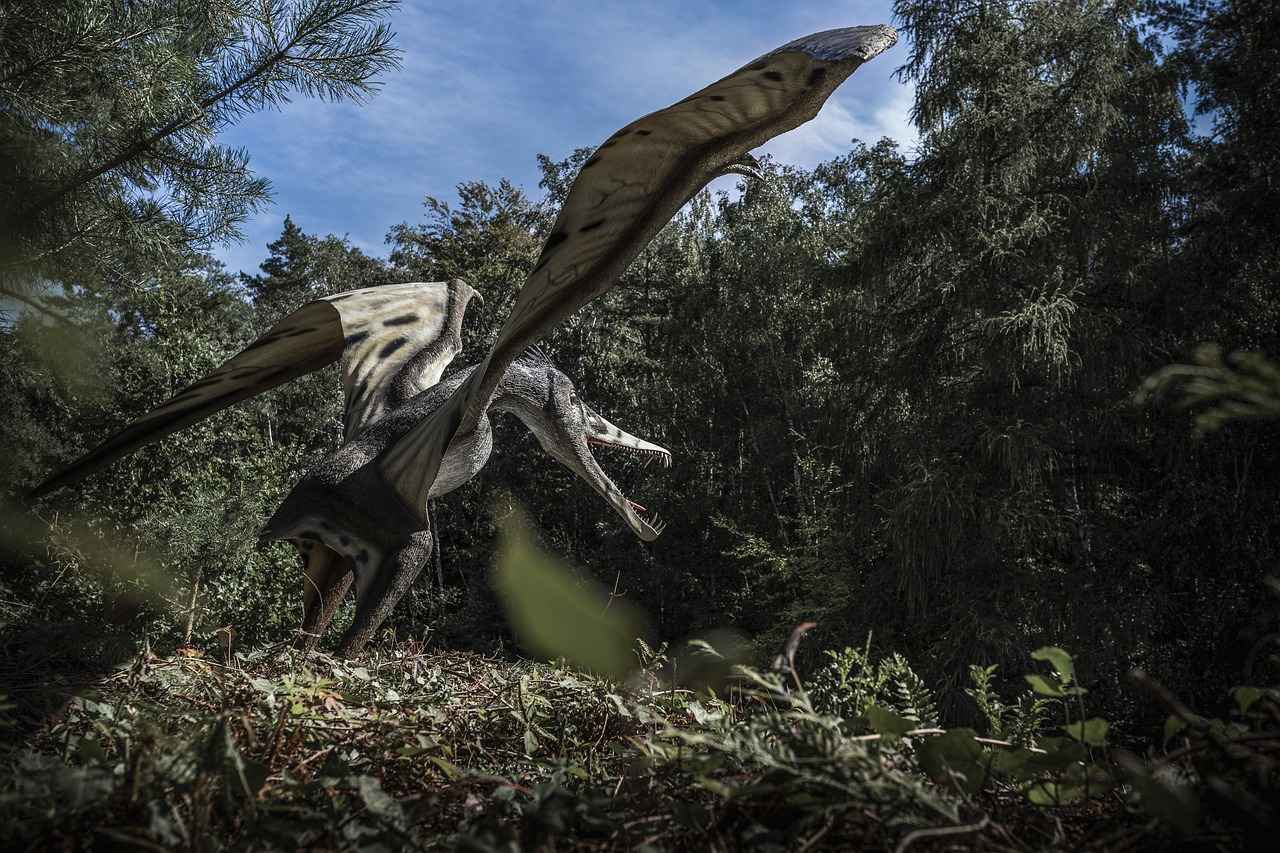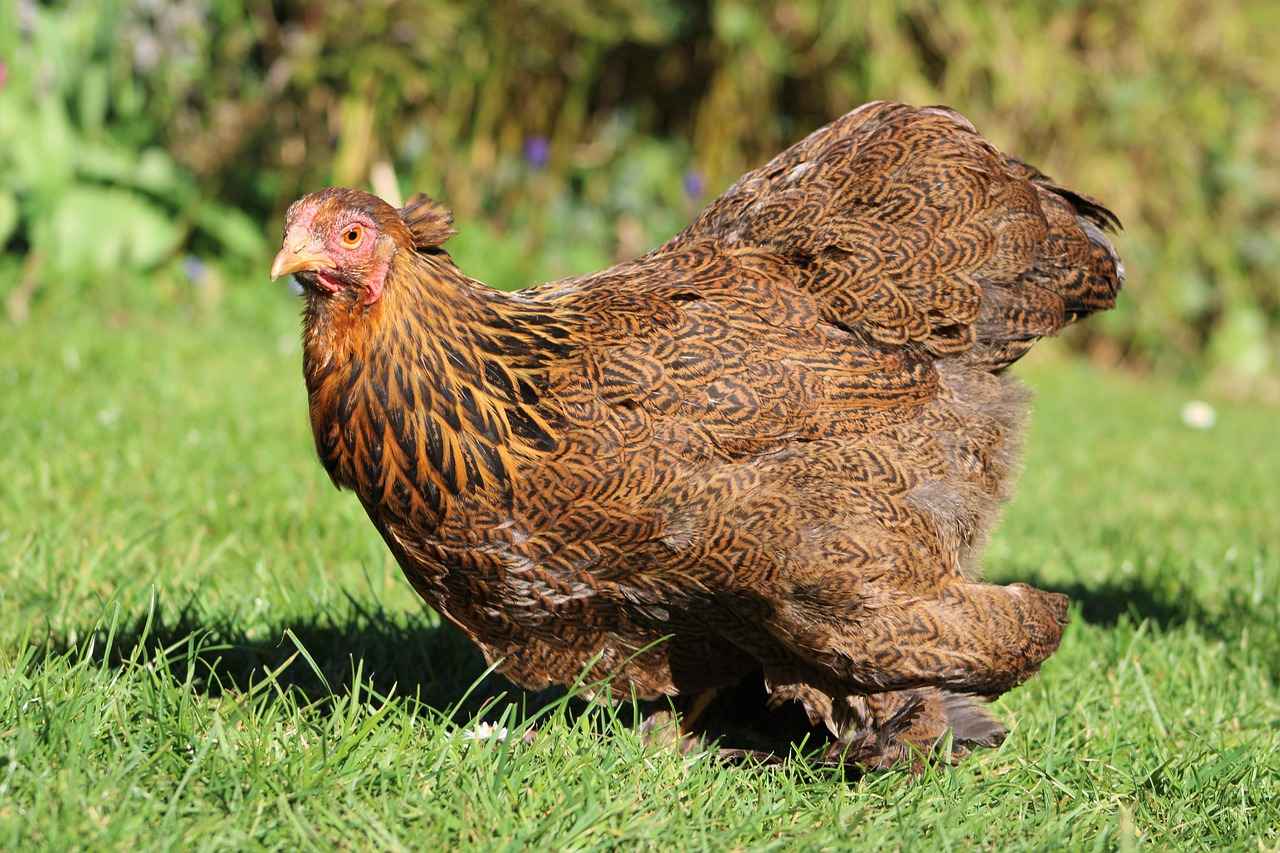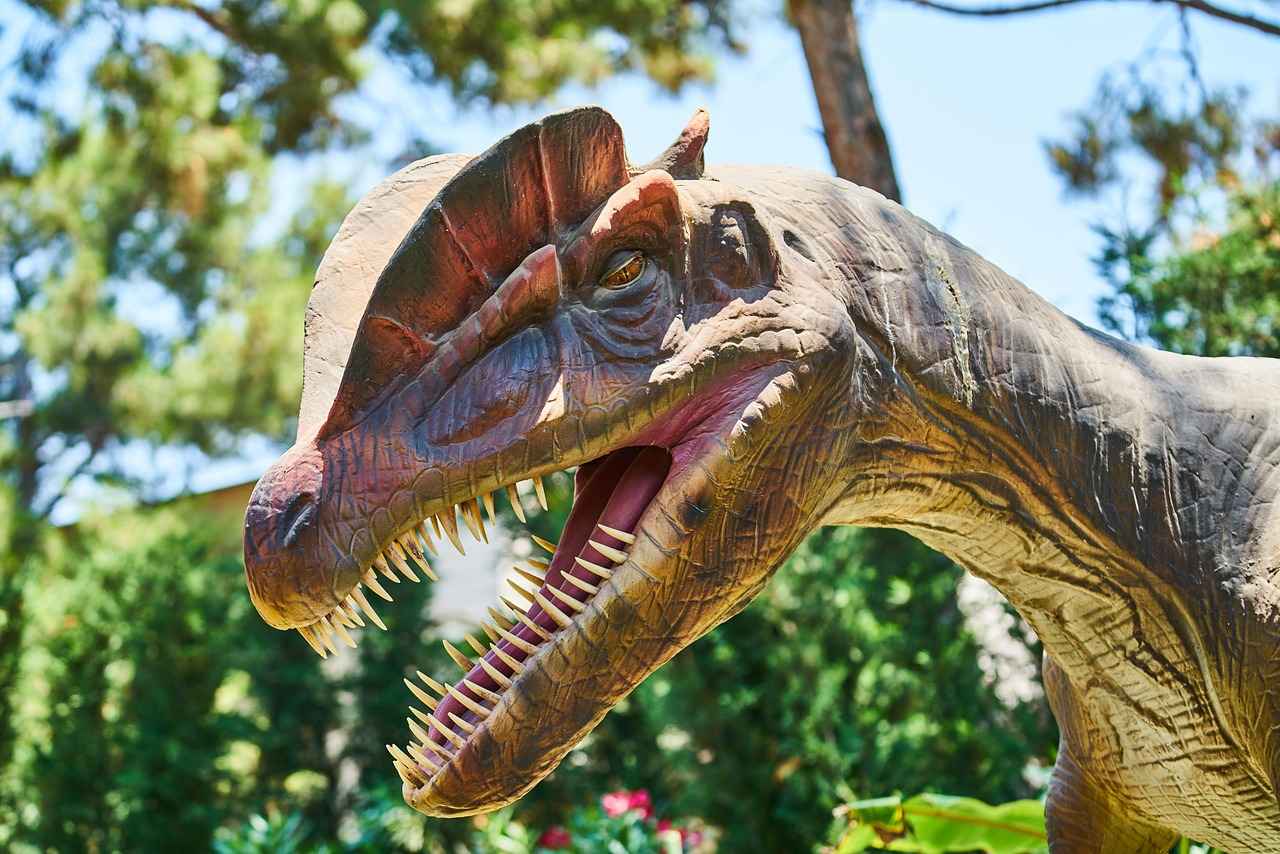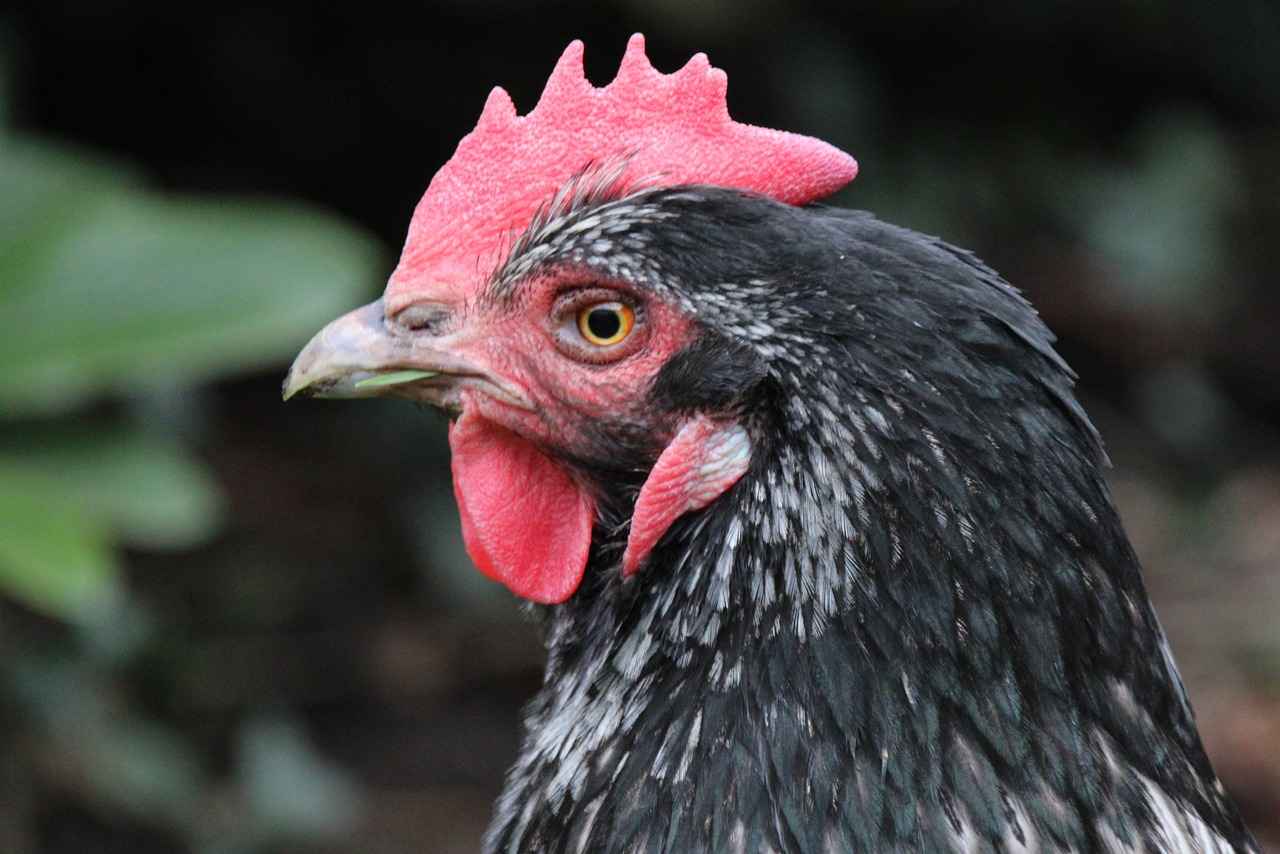This article delves into the transformative journey of anime animation techniques, showcasing significant advancements from the traditional hand-drawn methods to the cutting-edge CGI innovations that have dramatically reshaped the industry.
Understanding Hand-Drawn Animation
Hand-drawn animation has long been the cornerstone of anime, allowing artists to express their creativity through meticulous frame-by-frame illustrations. This technique, while labor-intensive, resulted in iconic works that defined the genre. Notable examples include classics such as Akira and My Neighbor Totoro, which highlight the artistic skill and dedication of animators during this era.
The Rise of Digital Animation
With the emergence of digital technology, the anime industry began to shift towards digital animation tools. This transition not only streamlined production processes but also expanded artistic possibilities, allowing for vibrant colors and intricate designs. The use of software like Adobe Animate and OpenToonz has become prevalent, enabling studios to produce high-quality animations more efficiently.
Impact on Storytelling and Art Style
Digital animation has significantly influenced both storytelling and art styles in anime. As technology advanced, new themes and aesthetics emerged, reflecting contemporary societal issues and artistic trends. This evolution has allowed for a richer narrative experience, engaging audiences on multiple levels.
The Emergence of CGI in Anime
CGI has introduced a new dimension to anime, enabling more dynamic visuals and complex scenes. While CGI offers numerous benefits, such as enhanced realism and depth, it also presents challenges in integrating with traditional 2D animation. Successful examples, such as Attack on Titan, showcase the effective blending of 2D and 3D techniques, pushing the boundaries of visual storytelling.
Future Trends in Anime Animation
The future of anime animation is promising, with ongoing technological advancements paving the way for innovative trends. Emerging technologies like Virtual Reality (VR) and Augmented Reality (AR) hold the potential to redefine viewer experiences, while Artificial Intelligence (AI) is increasingly being utilized in various animation processes, from character design to scene creation.
Conclusion: The Ongoing Evolution of Anime Animation
The evolution of animation in anime mirrors broader technological and artistic trends. Understanding this journey not only enhances appreciation for the medium but also allows audiences to anticipate future developments that will continue to shape the anime landscape.

Understanding Hand-Drawn Animation
Hand-drawn animation is the cornerstone of the anime industry, representing a unique blend of artistry and storytelling. This technique not only showcases the remarkable skills of artists but also their creativity and imagination. In this section, we will delve into the various techniques, challenges, and iconic works that have defined this era of animation.
Techniques Used in Hand-Drawn Animation
- Frame-by-Frame Animation: This traditional technique involves creating each frame manually, ensuring smooth transitions and fluid motion.
- Cel Animation: Artists draw characters on transparent sheets (cels) and place them over static backgrounds, a method that became popular in early anime.
- Rotoscoping: This technique involves tracing over live-action footage to create realistic movements, blending reality with animation.
Challenges Faced by Hand-Drawn Animators
- Time-Consuming Process: Creating hand-drawn animations is labor-intensive, often requiring months of work for a short sequence.
- Consistency in Art Style: Maintaining uniformity in character design and movement across frames can be challenging.
- Resource Limitations: Many studios faced budget constraints, impacting the quality and quantity of animations produced.
Iconic Works of Hand-Drawn Animation
Several iconic anime series and films have emerged from the hand-drawn era, setting benchmarks for storytelling and visual artistry. Notable examples include:
- Akira: A groundbreaking film that showcased the potential of anime as a serious art form.
- My Neighbor Totoro: A beloved classic that highlights the charm and emotional depth achievable through hand-drawn techniques.
- Neon Genesis Evangelion: This series redefined the mecha genre, combining intricate animation with profound themes.
In conclusion, hand-drawn animation has played a pivotal role in shaping the anime landscape, influencing both the techniques used and the stories told. Its legacy continues to inspire new generations of animators and storytellers.

The Rise of Digital Animation
The emergence of digital technology has fundamentally transformed the animation landscape, particularly in the realm of anime. This transition from traditional hand-drawn techniques to digital tools has not only enhanced production efficiency but also expanded the artistic possibilities available to creators. Let’s delve into how digital animation has revolutionized the anime industry.
Initially, anime was characterized by meticulous hand-drawn frames, requiring immense skill and time. However, with the introduction of digital animation software, artists can now create intricate animations with greater ease. This shift has allowed for a more fluid production process, enabling studios to meet the growing demand for content without compromising on quality.
- Enhanced Efficiency: Digital tools streamline workflows, allowing for quicker revisions and iterations.
- Creative Freedom: Artists can experiment with styles and techniques that were previously difficult or impossible to achieve.
- Collaboration: Digital platforms facilitate teamwork, enabling artists from different locations to contribute seamlessly.
Moreover, the rise of software innovations has played a pivotal role in this transformation. Programs like Adobe Animate and OpenToonz have become staples in the industry, offering robust features that cater to both amateur and professional animators. Adobe Animate, for instance, allows for fluid character animations and intricate designs, while OpenToonz provides a free alternative with powerful capabilities.
The impact of digital animation extends beyond production processes; it has also influenced storytelling and visual aesthetics in anime. With the ability to create stunning visuals, creators are now able to explore contemporary themes and narratives that resonate with modern audiences. This evolution reflects a broader trend in the entertainment industry, where technology continuously shapes artistic expression.
In conclusion, the rise of digital animation has revolutionized the anime industry, enhancing production efficiency and expanding creative horizons. As technology continues to advance, the potential for innovation in anime remains limitless, promising exciting developments for fans and creators alike.
Software Innovations in Anime Production
In the rapidly evolving world of anime, software innovations have transformed the way artists create and produce their work. This section delves into the most popular software platforms that are currently shaping the anime industry, enabling creators to produce stunning visuals with greater efficiency and creativity.
- Adobe Animate: As one of the leading animation software tools, Adobe Animate allows artists to create fluid animations and intricate designs. Its versatile features, including vector graphics and timeline-based animation, make it a favorite among both beginners and seasoned professionals. The integration with other Adobe Creative Cloud applications enhances its utility, allowing for a seamless workflow.
- OpenToonz: This free software offers powerful tools for professional-quality animation. OpenToonz is based on the Toonz software used by Studio Ghibli, making it a great choice for independent animators and studios alike. Its open-source nature fosters a vibrant community that contributes to its continuous improvement and support.
- Clip Studio Paint: Originally designed for digital painting, Clip Studio Paint has become increasingly popular for animation. Its user-friendly interface and extensive brush options allow artists to create detailed character designs and backgrounds, making it a versatile tool for anime production.
- TVPaint Animation: This software is renowned for its bitmap-based animation capabilities. It offers a range of features that cater to traditional animation techniques, such as frame-by-frame animation, making it a preferred choice for artists who wish to maintain a hand-drawn aesthetic.
- Maya: For those venturing into 3D animation, Autodesk Maya is a powerful tool that provides advanced modeling and animation capabilities. Its robust features enable the creation of complex characters and environments, making it essential for studios looking to incorporate CGI into their projects.
These software platforms not only enhance the technical capabilities of anime artists but also inspire new creative possibilities. As technology continues to advance, it is likely that we will see even more innovative tools emerge, further revolutionizing the anime production landscape.
Adobe Animate: A Game Changer
Adobe Animate has emerged as a pivotal tool in the animation industry, especially in the realm of anime creation. This software has revolutionized the way animators approach their craft, enabling them to produce fluid animations and intricate designs with remarkable ease. In this section, we will explore the key features of Adobe Animate and its profound impact on the world of anime.
- Intuitive Interface: Adobe Animate boasts a user-friendly interface that allows both beginners and seasoned professionals to navigate the software with ease. This accessibility encourages creativity and experimentation.
- Vector Graphics: One of the standout features of Adobe Animate is its ability to create and manipulate vector graphics. This allows for scalable animations that maintain quality across various resolutions, a crucial aspect for modern anime productions.
- Animation Tools: The software provides a plethora of animation tools, including motion tweens, shape tweens, and frame-by-frame animation options. These tools give animators the flexibility to choose their preferred animation style, whether it be traditional or digital.
- Integration with Other Adobe Products: Adobe Animate seamlessly integrates with other Adobe Creative Cloud applications, such as Photoshop and After Effects. This interoperability enhances the workflow, allowing animators to utilize assets from different programs effortlessly.
- Publishing Options: With Adobe Animate, creators can publish their animations across multiple platforms, including web, mobile, and television. This versatility ensures that anime can reach a broader audience.
The impact of Adobe Animate on anime creation cannot be overstated. It has enabled studios to streamline their production processes, reducing time and costs while enhancing the quality of the final product. Furthermore, the software has democratized animation, making it accessible to a wider range of creators. As a result, we are witnessing a surge in innovative storytelling and artistic expression within the anime community.
In conclusion, Adobe Animate stands as a game changer in the animation landscape, particularly in anime production. Its robust features and capabilities empower artists to push the boundaries of their creativity, making it an essential tool for anyone involved in the animation industry.
OpenToonz: A Free Alternative
OpenToonz stands out as a remarkable tool for animators seeking a cost-effective solution without compromising on quality. This software, which is based on the Toonz software used by renowned studios, provides a comprehensive suite of tools that cater to both beginners and seasoned professionals alike.
One of the most significant advantages of OpenToonz is its open-source nature. This feature not only makes it accessible to a wider audience but also fosters a vibrant community of users who contribute to its continuous improvement. Artists can customize the software to meet their specific needs, enhancing their creative workflows.
- Powerful Animation Tools: OpenToonz offers a variety of features, including traditional frame-by-frame animation, vector drawing tools, and a robust set of effects that can elevate the quality of the animation.
- Compatibility: The software supports various file formats, allowing for seamless integration with other tools and platforms widely used in the animation industry.
- Community Support: Users can benefit from a dedicated community that shares tutorials, tips, and resources, making it easier to overcome challenges and improve skills.
Moreover, OpenToonz has been embraced by many independent animators and small studios, proving that high-quality animation does not have to come with a hefty price tag. Its user-friendly interface and extensive documentation make it an ideal starting point for those new to animation.
In conclusion, OpenToonz represents a significant leap forward in democratizing animation tools. By providing powerful features at no cost, it empowers a new generation of animators to explore their creativity and produce professional-quality work. As the animation landscape continues to evolve, OpenToonz is poised to play a crucial role in shaping the future of the industry.
Impact on Storytelling and Art Style
Digital animation has significantly transformed the landscape of anime, not just in terms of production efficiency but also in storytelling and artistic expression. This evolution reflects contemporary themes and aesthetics, mirroring the rapid changes in society and technology.
One of the most notable impacts of digital animation is its ability to enhance visual storytelling. With advanced tools, creators can now depict intricate emotions and narratives through a combination of vibrant colors and dynamic movements. This shift allows for a more immersive experience, where audiences can connect deeply with characters and their journeys. For example, the use of digital effects can amplify dramatic scenes, making them more engaging and emotionally resonant.
Moreover, digital animation has expanded the range of art styles in anime. Artists can experiment with various aesthetics, blending traditional techniques with modern digital artistry. This fusion has led to the emergence of unique visual identities for different anime series, making them stand out in a crowded marketplace. For instance, series like Land of the Lustrous showcase a stunning combination of 3D models and traditional anime art, creating a fresh visual experience that captivates viewers.
Additionally, the integration of digital tools has allowed for the exploration of contemporary themes. Issues such as mental health, identity, and social dynamics are now more prevalent in anime, reflecting the complexities of modern life. By utilizing digital animation, creators can portray these themes with a depth and clarity that resonates with audiences, fostering a deeper understanding of the narratives being told.
In conclusion, the impact of digital animation on storytelling and art style in anime is profound. As technology continues to advance, it opens new avenues for creative expression, allowing artists to push the boundaries of their craft. This ongoing evolution not only enriches the anime medium but also enhances the viewer’s experience, making it a vibrant and ever-changing art form.

The Emergence of CGI in Anime
In recent years, the integration of Computer-Generated Imagery (CGI) into anime has marked a significant turning point in the industry. This innovative approach has not only enhanced the visual appeal of anime but has also expanded the creative possibilities for storytelling. By utilizing CGI, creators can achieve a level of dynamism and detail that was previously unattainable with traditional hand-drawn techniques.
Benefits of CGI in Anime
- Enhanced Visuals: CGI allows for stunning visuals, enabling intricate backgrounds and complex character designs that captivate audiences.
- Dynamic Action Sequences: The ability to create fluid and realistic action scenes has transformed the way stories are told, making them more engaging and thrilling.
- Cost Efficiency: While initial investment in CGI technology can be high, the long-term savings in production time and resources often outweigh these costs.
Challenges of Integrating CGI
- Balancing Styles: One of the primary challenges is achieving a harmonious blend between traditional 2D animation and CGI, as mismatched styles can disrupt the viewing experience.
- Learning Curve: Animators must adapt to new software and techniques, which can require extensive training and adjustment periods.
- Audience Reception: Some fans of traditional anime may be resistant to the changes brought by CGI, leading to varying opinions on its effectiveness.
Successful Examples of CGI Integration
Several anime series and films have successfully integrated CGI, demonstrating its potential. Notable examples include:
- “Land of the Lustrous”: This series showcases a stunning combination of 3D CGI and traditional animation, creating a unique visual experience.
- “Attack on Titan”: The use of CGI in action sequences has elevated the intensity and excitement of battles, drawing viewers into the narrative.
As the anime industry continues to evolve, the integration of CGI will likely play a crucial role in shaping its future. While challenges remain, the benefits it brings to storytelling and visual aesthetics are undeniable, paving the way for a new era in anime.
Blending 2D and 3D Techniques
The integration of 2D and 3D animation techniques in anime has revolutionized the way stories are told, allowing for a richer visual experience. This blending creates a unique aesthetic that enhances both character development and narrative depth.
One of the most notable examples of this technique can be seen in the acclaimed anime series “Land of the Lustrous”. The series employs 3D CGI for its characters while maintaining a painterly 2D background. This combination not only highlights the characters’ movements but also accentuates the emotional weight of the story, drawing viewers into a beautifully crafted world.
Another successful example is “Demon Slayer: Kimetsu no Yaiba”, which has garnered significant praise for its stunning animation. The series utilizes 3D techniques during action sequences, enhancing the fluidity of motion and providing a more immersive experience. The dynamic camera angles and vibrant colors created through this blend of techniques contribute to the show’s popularity and critical acclaim.
From a creative standpoint, the decision to blend these techniques often stems from the desire to push artistic boundaries. By combining the expressive qualities of 2D animation with the depth and realism offered by 3D, creators can craft scenes that resonate more deeply with audiences. This method allows for intricate choreography in fight scenes and breathtaking landscapes that captivate viewers.
However, the integration of 2D and 3D is not without its challenges. Animators must ensure that the two styles harmonize rather than clash, maintaining a consistent visual language throughout the series. This requires careful planning and a deep understanding of both techniques to achieve a seamless blend.
In conclusion, the blending of 2D and 3D techniques in anime is a testament to the industry’s evolution and creativity. As technology continues to advance, it will be exciting to see how these techniques further enhance storytelling and visual artistry in future anime productions.
Challenges of CGI Integration
As the anime industry embraces Computer-Generated Imagery (CGI), it brings forth a plethora of opportunities for creativity and innovation. However, this transition is not without its challenges. Understanding these challenges is vital for studios aiming to effectively integrate CGI into their projects.
- Visual Consistency: One of the primary challenges is maintaining visual consistency between 2D hand-drawn elements and 3D CGI components. Artists must ensure that the style and color palette align, which can be a complex task.
- Animation Style: The fluidity of traditional animation often contrasts with the rigidity of CGI. Finding a balance that retains the charm of hand-drawn animation while leveraging the advantages of CGI is essential.
- Learning Curve: For many animators, the shift to CGI requires learning new software and techniques. This can lead to a steep learning curve, impacting production timelines.
- Budget Constraints: Integrating CGI can also increase production costs. Studios must weigh the benefits against the financial implications, especially for smaller projects.
- Audience Reception: Fans of traditional anime may be resistant to the changes that CGI brings. Studios must carefully consider their audience’s preferences and feedback during the creative process.
To address these challenges, studios are adopting various strategies:
- Collaboration: Encouraging collaboration between traditional animators and CGI artists fosters a better understanding of both mediums, leading to more cohesive results.
- Training Programs: Implementing training programs for animators can help ease the transition, ensuring that teams are equipped with the necessary skills to navigate CGI.
- Iterative Testing: Conducting iterative testing with audiences can provide valuable feedback, allowing studios to refine their CGI integration before final release.
In conclusion, while the integration of CGI into anime presents unique challenges, studios that proactively address these issues can create visually stunning and narratively engaging content that resonates with both new and traditional audiences.

Future Trends in Anime Animation
The future of anime animation is set to evolve dramatically, driven by continuous technological advancements and innovative storytelling techniques. As the industry embraces new tools and methodologies, the landscape of anime is transforming, offering exciting opportunities for creators and audiences alike.
One of the most significant trends on the horizon is the integration of Virtual Reality (VR) and Augmented Reality (AR) Another emerging trend is the application of Artificial Intelligence (AI) in the animation process. AI tools are already being used to assist in character design, background creation, and even voice synthesis. As these technologies become more sophisticated, they could streamline production processes, enabling creators to focus more on storytelling and artistic vision. Furthermore, AI could offer personalized content, adapting narratives based on viewer preferences and interactions. Additionally, the blending of traditional hand-drawn techniques with 3D CGI is becoming increasingly popular. This hybrid approach allows for richer visual storytelling, combining the charm of classic animation with the depth and dynamism of 3D graphics. Successful series are already showcasing this technique, pushing the boundaries of visual aesthetics in anime. As we look to the future, the anime industry is poised for remarkable growth and innovation. With advancements in technology and a commitment to creative exploration, the next generation of anime promises to captivate audiences in unprecedented ways. The evolution of anime animation is not just a reflection of technological progress; it is a testament to the enduring creativity and passion of its creators.Virtual Reality and Augmented Reality in Anime
Virtual Reality (VR) and Augmented Reality (AR) technologies are paving the way for a revolutionary transformation in the anime industry. These innovations have the potential to create immersive experiences that engage audiences like never before. This section delves into the exciting possibilities that VR and AR offer to anime creators and viewers alike.
As these technologies evolve, anime creators are beginning to explore new storytelling methods that place viewers at the center of the action. Imagine stepping into the vibrant worlds of your favorite anime, where you can interact with characters and environments in real-time. This level of immersion could redefine how stories are told and experienced.
- Enhanced Viewer Engagement: VR and AR can transform passive viewers into active participants, allowing them to explore narratives from different perspectives.
- Interactive Storytelling: With VR, viewers could make choices that influence the storyline, leading to multiple endings and personalized experiences.
- Realistic Environments: AR can overlay digital elements onto the real world, enabling fans to experience anime environments in their own surroundings.
One notable example is the use of VR in anime games, where players can engage with characters and settings in a fully immersive 3D space. Titles like “Sword Art Online: VR” have already begun to showcase the potential of these technologies. Additionally, AR applications allow fans to interact with their favorite anime characters through mobile devices, bridging the gap between the digital and physical worlds.
However, the integration of VR and AR into anime is not without its challenges. The development costs can be high, and there is a steep learning curve for creators unfamiliar with these technologies. Despite these obstacles, the potential rewards could lead to a new era of anime that captivates audiences on a whole new level.
In conclusion, as VR and AR technologies continue to advance, their applications in anime hold incredible promise. They could redefine viewer experiences, making anime not just a form of entertainment, but an interactive journey that resonates deeply with audiences.
Artificial Intelligence in Animation
Artificial Intelligence (AI) is revolutionizing the animation industry, particularly in the realm of anime. From character design to scene creation, AI tools are streamlining processes and enhancing creativity. This segment delves into the implications of AI for the future of anime and creative expression.
As technology advances, AI-driven software is becoming increasingly prevalent in animation studios. These tools can analyze vast datasets of existing animations to generate new content, allowing artists to focus on the creative aspects of their work. This shift not only increases efficiency but also opens up new avenues for artistic exploration.
- Character Design: AI algorithms can assist in creating unique character designs by learning from existing styles and suggesting variations. This allows for a more diverse range of characters while maintaining consistency in style.
- Scene Generation: AI can automate the creation of backgrounds and environments, enabling animators to produce complex scenes with less manual effort. This technology reduces the time spent on repetitive tasks, freeing up artists to concentrate on storytelling.
- Animation Techniques: AI is also being used to enhance traditional animation techniques. For instance, machine learning can predict movement patterns, making animations smoother and more lifelike.
However, the integration of AI in animation is not without its challenges. Critics argue that reliance on AI could lead to a homogenization of artistic styles, diminishing the uniqueness that characterizes anime. Moreover, ethical considerations regarding authorship and creativity arise as AI-generated content becomes more prevalent.
In conclusion, while AI presents exciting opportunities for innovation in anime, it is essential to strike a balance between technology and human creativity. The future of anime animation lies in leveraging AI to enhance artistic expression without compromising the individuality that makes the medium so beloved.

Conclusion: The Ongoing Evolution of Anime Animation
The evolution of animation in anime is a fascinating journey that mirrors broader technological and artistic trends over the decades. From its humble beginnings in hand-drawn artistry to the sophisticated digital techniques and CGI we see today, understanding this evolution not only enriches our appreciation of the medium but also helps us anticipate its future developments.
Initially, hand-drawn animation set the stage for anime, showcasing the incredible skills and creativity of artists. Iconic works from this era, such as “Astro Boy” and “Akira,” exemplify the dedication and craftsmanship that characterized traditional animation. The painstaking process of creating each frame by hand required immense talent and patience, resulting in a unique aesthetic that many fans still cherish.
As technology advanced, the introduction of digital animation revolutionized the anime industry. This shift allowed for more efficient production processes and opened up new artistic possibilities. Software innovations, such as Adobe Animate and OpenToonz, have become essential tools for modern animators, enabling them to produce stunning visuals with greater ease. These platforms not only streamline workflow but also enhance the creative process, allowing artists to experiment with styles and techniques that were previously difficult to achieve.
Furthermore, the rise of CGI in anime has added a new dimension to storytelling. By blending 2D and 3D techniques, creators can craft more dynamic visuals and complex scenes. However, integrating CGI presents challenges, such as maintaining the traditional anime aesthetic while embracing modern technology. Successful examples, like “Land of the Lustrous,” showcase how these techniques can coexist harmoniously, enriching the narrative experience.
Looking ahead, the future of anime animation appears promising. Emerging trends such as Virtual Reality (VR) and Artificial Intelligence (AI) are poised to redefine the medium. VR offers immersive experiences that could change how viewers interact with anime, while AI could streamline production and inspire new creative directions.
In conclusion, the evolution of animation in anime reflects a rich tapestry of technological advancements and artistic innovation. By understanding this journey, we not only gain a deeper appreciation for the medium but also become excited for the future developments that await.
